
Morocco is an exceptional country among Arab North African countries in enjoying the relative political calm. There’s economic growth, falling unemployment, and a large pro-poor housing program, and the government of King Mohammed VI has democratized, though with a recent tendency to support investments in Morocco.
From a landlord’s perspective the returns on property investment – the rental yield earned – are good, investing in Morocco. And over the last year, there’s been a strong surge in domestic residential demand, reflecting the growing economy. Yet local residential property prices have been static, and the price of riads, the traditional dwellings foreigners like to buy, has been falling. Which raises the question:
How much longer can property prices lag behind the good news?

Morocco’s economy expanded by a healthy 3.2% in 2018, after growing 4.1% in 2017, 1.1% in 2016, 4.6% in 2015 and 2.7% in 2014, according to the International Monetary Fund (IMF).
The economy is expected to grow by 3.2% this year and by another 3.8% in 2020.
Yet during 2018, the nationwide residential real estate price index (REPI) increased by only 0.8%, following zero growth a year earlier, according to Morocco´s central bank Bank Al-Maghrib.
Tailor your overseas property investment strategy!
Learn what returns you are likely to earn, and where are the best opportunities. Follow the latest developments in the international property markets through the Global Property Guide newsletter.
By property type:
- House prices rose by a meager 0.8% in 2018.
- Apartment prices rose by 0.6% y-o-y in 2018.
- Villa prices rose by 5.9% y-o-y in 2018, after falling last year by 2.6%.
| REAL ESTATE PRICE INDEX (REPI), Q4 2018 | ||
| Property type | Annual change (%) | Quarterly change (%) |
| TOTAL RESIDENTIAL | 0.8 | 0.0 |
| Apartments | 0.6 | 0.1 |
| Houses | 0.8 | -1.2 |
| Villas | 5.9 | 1.5 |
| Source: Bank Al-Maghrib |
During 2018:
- In Rabat, average property prices rose by 3.7%.
- In Casablanca, property prices increased 1.5%.
- In Marrakesh property prices fell 5.5%.
- In Tangier, property prices rose 1.7%.
- Urban land prices fell by 2.4% in 2018, after rising by 1.8% in 2017 and 6% in 2016.
Things were very different during the previous decade when the property market in Morocco surged on the back of high-GDP growth years such as 2001 (GDP growth of 7.3%), 2003 (6%), 2006 (7.6%), 2008 (5.9%) and 2011 (5.2%).
There are no restrictions on foreigners owning land in Morocco, except for areas designated for agricultural purposes. The Dirham, Morocco´s currency, is relatively stable.
Morocco’s riads:
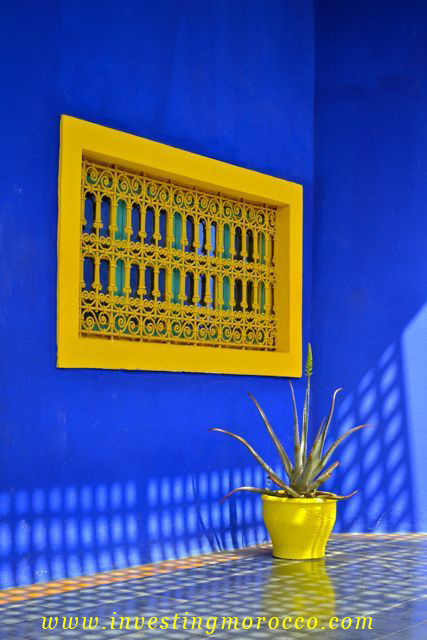
The housing market slowdown has also been reflected in riad prices. Based on Global Property Guide research, riad prices in Marrakech have fallen in recent years to around US$ 2,400 per sq. m., as compared to US$ 3,000 or sometimes up to US$ 4,000 per sq. m. in mid-2009. Riads now cost between US$ 200,000 to US$ 1 million, depending on size. A 500 sq m. riad, which might then have sold for the equivalent of US$ 1.5 million, would now fetch US$ 1.2 million. Older riads are offered in the market for US$ 200,000 or even less, investing in Morocco.
Riads are traditionally-shaped Moroccan houses, with grand salons giving onto a central tiled courtyard, often with a garden at the center. Previously, the majority of riad buyers were French. However, other foreigners such as Belgians, Britons, Italians, Americans, and a few Australians joined the market, till the Riad market finally over-reached itself.
Demand is rising strongly:
This period of relative price stagnation may end soon because demand is rising. Residential transactions rose strongly by 16% in Q4 2018 from a year earlier, according to Bank Al-Maghrib. Quarter-on-quarter, residential sales transactions increased 9.1% during the latest quarter, invest in Morocco.
By property type:
- Apartment sales rose by 14.6% y-o-y in Q4 2018. During the latest quarter, the number of apartments sold increased by 8.1%.
- House sales surged 30.7% in Q4 2018 from a year ago. Home sales increased 17.1% q-o-q during the latest quarter.
- Villa sales rose by 39.7% in 2018. Villa sales climbed 32% q-o-q in Q4 2018.
On the other hand, urban land transactions fell slightly by 0.7% in Q4 2018 from a year earlier but increased by 15.7% from the previous quarter.
| RESIDENTIAL TRANSACTIONS, Q4 2018 | ||
| Property type | Annual change (%) | Quarterly change (%) |
| TOTAL RESIDENTIAL | 16.0 | 9.1 |
| Apartments | 14.6 | 8.1 |
| Houses | 30.7 | 17.1 |
| Villas | 39.7 | 32.0 |
| Source: Bank Al-Maghrib |
Attractive rental yields:
Gross rental yields in Morocco remain attractive based on Global Property Guide research.
In Marrakech, apartments have rental yields of between 6.5% and 7%.
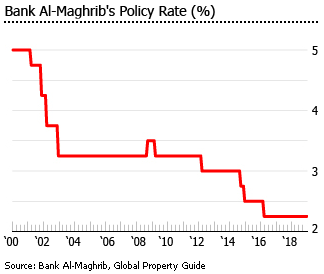
In Casablanca, rental yields of apartments range from 5.5% to 6.5%. Houses in Casablanca (between 450 to 1,000 sq. m.) have lower gross rental yields, ranging from 3.7% to 4.1%.
However, round trip transaction costs – i.e., the total costs of buying and then re-selling a property – are significant in Morocco, at 12.50% – 17%, mainly due to registration fees and stamp duties.
Interest rates remain low:
In the fourth quarter of 2018, the average interest rate for real estate loans in Morocco stood at 5.42%, unchanged from the same period last year, according to the Bank Al-Maghrib. The average interest rate has not shifted dramatically during the past decade but has fallen by around 1%. invest in Morocco now.
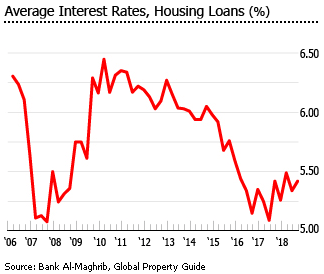
In March 2016, the Bank Al-Maghrib cut its key rate by 25 basis points to 2.25%, the lowest rate since 2000. It was kept unchanged since.
Mortgage market shrinking gradually:
Morocco has the most advanced and diverse mortgage market in the region, according to the Center for Affordable Housing Finance in Africa (CAHF). There is a wide range of sources for mortgage lending, including private commercial banks, public banks, consumer credit companies, and micro-finance companies. The typical term period is 20 years, and the loan-to-value ratio can reach 100% of the property’s appraised value.
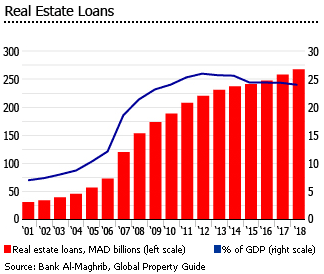
Morocco’s mortgage market expanded rapidly from just 6.9% in 2001 to 26% in 2012, mainly due to a surge in Morocco’s GDP growth during 2002-2008, causing housing demand to rise rapidly. Since then GDP growth has been somewhat slower, and in 2018 the mortgage market was 24% of GDP.

Partnerships between the government and banks make lending more accessible to middle- and low-income families, through the establishment of mortgage guarantee funds such as FOGARIM and FOGALOGE (discussed below).
In January 2019:
- Housing loans outstanding rose 5.8% y-o-y to MAD 207.77 billion (US$21.68 billion)
- Property loans to developers fell 6.1% y-o-y to MAD 55.32 billion (US$5.77 billion)
Shortage of affordable housing:
Despite a significant reduction in poverty in recent years, about 20% of the country’s population (or 6.4 million Moroccans) struggles to afford decent housing, invest in Morocco’s real estate sector. In contrast, the high-end market is well-supplied. Morocco is a highly unequal country, and around 820,000 units are either vacant or used as vacation or secondary homes.
The government has implemented numerous housing projects over the past decade, including social housing initiatives and the mobilization of thousands of hectares of land, giving developers incentives to, invest in social housing projects, and getting them to commit to building 900,000 units by 2020. Social housing sales are VAT exempt (for areas between 50 sq. m. and 80 sq. m.), and prices are capped at MAD250,00 (US$26,045). Middle-income housing costs are capped at MAD6,000 (US$625) per square meter (sq. m.) for units ranging from 80 sq.m to 120 sq.m. Lending for middle- and low-income families is accessible through partnerships between the government and banks:
- The FOGARIM mortgage guarantee fund guarantees 70% of a mortgage loan made to a household with an informal income, to buy a housing unit worth less than MAD250,000 (US$26,045), helping about 1,200 new beneficiaries every month.
- Another guarantee program, FOGALOGE, guarantees loans to middle-class independent workers, moderate-income civil servants, and non-resident Moroccans purchasing or building houses up to about MAD1 million (US$104,180) in value.
Morocco’s housing deficit has fallen from 1.2 million in 2002 to 400,000 units last year. To further improve the situation, the government plans to build 800,000 low-cost housing units by 2022, invest in Morocco.
The government has made significant reforms and achievements:
Like other Middle Eastern countries, Morocco has experienced social and political unrest. But unlike other countries, Morocco’s political achievements, as well as the authorities’ responsiveness, have reduced the scale of the unrest, to invest in Morocco.
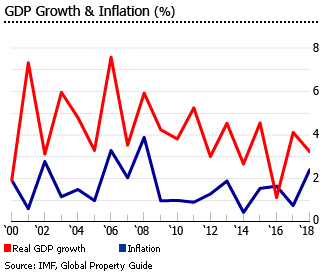
It has certainly helped that Morocco has not experienced a single period of economic contraction during the entire period since 1997, causing unemployment to decline from 15.4% in 1997 to 9.5% in 2018, invest in Morocco.
The country’s relative stability can partly be attributed to King Mohammed VI‘s economic and constitutional reforms:
- New civil rights including social equality for women, and constitutional guarantees of freedom of expression;
- Berber made an official language, alongside Arabic;
- The Arab-Hassani Language and Morocco’s other linguistic components are preserved as part of the national heritage;
- Additional powers to the office of the prime minister, who the King must appoint from the winning party in parliamentary elections;
- Parliament now has the power to grant amnesty;
- Independence of the judiciary;
- The King, however, remains commander-in-chief, holding complete control over the armed forces. He is also the chair of the Council of Ministers and the Supreme Security Council, and the highest religious authority in the country. investing in Morocco.
Budget deficit falling gradually:
To dampen popular protests at the time of, the Arab Spring, the King went on a spending spree in 2011, raising public sector wages and pensions, as well as subsidies. The budget deficit widened to 6.7% of GDP in 2011, up from 4.4% in 2010, according to the African Development Bank – a dramatic contrast to previous surpluses. The budget deficit rose further to 7.4% of GDP in 2012, invest in Morocco.
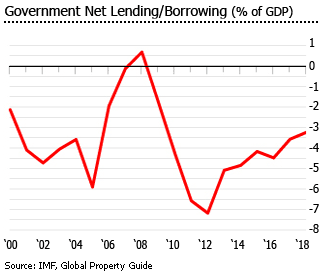
Morocco’s budget deficit has since been reduced to 3.5% of GDP in 2018.
Inflation has however accelerated to 2.4% in 2018, up from an average of 1.5% during 1999-2017. Privatization and improving governance of public companies will help the country to generate about MAD 8 billion (US$833.73 million) in revenues this year, invest in Morocco.
Tourism is growing strongly:
Tourism is Morocco’s second-largest economic sector, accounting for around 8% of GDP in 2018. Tourism’s share of GDP increases to about 15% when indirect contributions are considered. In addition, the tourism sector employs more than 2.5 million people (both direct and indirect) – representing almost 25% of the total labor force.
In 2018, the total number of tourist arrivals rose by 8.2% to 12.28 million from a year earlier, after growing by 9.8% in 2017 and 1.5% in 2016, according to the Ministry of Economy and Finance, and
Morocco investment promotion agency, AMDIE.
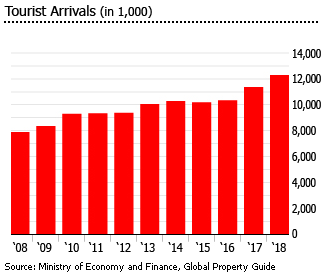
France accounted for about one-third of the total number of tourists in Morocco, followed by Spain, Arab countries, Germany, Italy, and the United States. In addition, Chinese tourists have also increased rapidly in the past three years after the relaxation of visa requirements. Chinese travelers to Morocco increased from just 10,000 in 2015 to nearly 180,000 in 2018.
To boost tourism further, the government is increasing air flights into the country, building new airports in cities such as Fez and Agadir, and promoting Morocco as a leading tourist destination online, investing in Morocco.
As a result, an increasing number of airlines are adding flights to Morocco. Low-cost airline, Transavia France, is adding seasonal flights between Lyon and Casablanca in July, having already connected Marrakech, Agadir, and Oujda to Lyon. Royal Air Maroc (RAM) is launching direct flights between Boston and Casablanca, and RAM´s partner S7 Airlines is launching flights from Moscow to Casablanca.
Morocco opened the US$2.4 billion Tangier – Casablanca high-speed rail line in November 2018, which lessens travel time between Tangier and Casablanca to two hours and 10 minutes instead of the previous five-hour train ride, investing in Morocco.
The attraction centers of Morocco
The cultural and physical attractions of Morocco center on its traditional cities as Marrakech, Fes, Meknes, Casablanca, and Essaouira, and on its one coastal resort, Agadir.
Marrakech:
Marrakech was built in 1070 A.D. It is famous for its palaces, open markets, and gardens. It is an extraordinarily exotic city, with its drama heightened by its location at the foot of the Atlas Mountains.
Marrakech has a complete tourism zone, Aguedal. A public transport system carries tourists from the district into the city center for its souks and traditional markets selling copperware, wool merchandise, and carpets and kaftans. There are no less than 27 5-star hotels in Marrakech.
Marrakech is also considered the Country´s best and largest golf destination, with more than 10 different golf courses designed by famous names like Robert Trent Jones, Kyle Philips, Jack Nicklaus and Colin Montgomerie, among others.
Recently, the Iberian Association for Business Trips (IBTA) has ranked Marrakech as the world’s top Meetings, Incentives, Conference, and Exhibition (MICE) destination in 2018. Moreover, the World Travel and Tourism Council (WTTC) also named Marrakech as the second most tourism-dependent city in the world last year.
Fes:
over 400 years, Fes was the capital of Morocco. Founded in 789 A.D., it is the world´s oldest medieval city and the largest. Considered Morocco´s intellectual and religious capital, it is a UNESCO world heritage site.
It was at its peak in the 14th century, and saw a fresh burst of glory in the 17th century. Narrow streets prevent the entry of cars into much of the city.
Casablanca:
Here the French built a city in a French idiom, heavily influenced by the architecture of the Arab-Andalusian Empire. The city center has a modernist grandeur, with plenty of space and light. Casablanca is large, modern, and agreeable, with at least ten golf courses less than an hour away.
Meknes:
Meknes was recognized as a World Heritage Site in 1996. Its physical location, on a plateau, made it Morocco’s trade crossroads. Its magnificent architecture was built by the 17th century Ruler, Sultan Moulay Ismail. Over 55 years he built palaces, mosques, gardens, and lakes. At his death, the unfinished buildings including the royal palace – the Versailles of Morocco – fill most of the old city.
Agadir:
Agadir is Morocco’s main seaside destination. Beautiful beaches, luxurious hotels, and an ultra-modern airport are all combined with a moderate climate. Agadir´s beach is spectacular. 10 kilometers in length, it is clean and wide. Agadir enjoys a continuous breeze from the Atlantic so that the temperature is pleasant all day.
A major earthquake completely destroyed the city in 1960. It was rebuilt from scratch. Agadir today is a modern city.
Tangier:
Tangier has a louche reputation dating from the 1920s when it was an outpost for the British. Then in the 1950s, beats, dropouts, and writers like Burroughs and Bowles, Ginsberg and Kerouac, and Leary and Eldridge Cleaver came to Tangier. It is a messy, rather ugly city. Now its coastline is being covered with resorts and new developments.
Essaouira:
Essaouira is popular with independent travelers. This is partly because of its long beach, and partly because of its laid-back atmosphere. The town has long been a magnet for Moroccan poets and creative talent. In the Place, (de Lâ Independence), which is the main square in the center of Essaouira, there are dozens of cafes and restaurants. It is a pleasant place to eat, drink, and watch the world go by.
Plan Azur continues:
Plan Azur, the much-delayed bundle of tourism expansion projects launched in 2001, continues under Vision of 2020, focusing on 6 seaside resorts: Mazagan Beach Resort (in El Jadida province), Mediterrania Saidia (in Berkane province), Mogador (in Essaouira province), White Beach (in Guelmim province), Port Lixus (in Larache province), and Taghazout-Argana (in Agadir province).
The work on the Mediterrania Saidia Resort and Mazagan Beach Resort was completed in 2009. Mogador Essaouira Resort opened in late 2011, while Port Lixus opened in 2012. Plan Azur Extension adds three more resorts: Chbika, Ouarzazate Lake City, and Dakhla.
Other programs launched under the Vision of 2020 include a sustainable development plan (ecotourism), a cultural heritage program, more developed leisure, and health activities, and business tourism.
Sources:
- Real estate price index (Bank Al-Maghrib): http://www.bkam.ma/Publications-statistiques-et-recherche/Documents-d-information-et-de-statistiques/Indice-des-prix-des-actifs-immobiliers
- World Economic Outlook Databases (International Monetary Fund): https://www.imf.org/en/Publications/SPROLLS/world-economic-outlook-databases#sort=%40imfdate%20descending
- Morocco Tourist Arrivals (Trading Economics): https://tradingeconomics.com/morocco/tourist-arrivals
- Economic and Financial Statistics (Ministry of Economy and Finance): https://www.finances.gov.ma/en/Pages/Statistiques.aspx?m=ACTIVITIES&m2=Studies%20and%20statistics
- House hunting in Morocco (The New York Times): https://www.nytimes.com/2018/01/04/realestate/house-hunting-in-morocco.html
- Housing Finance in Morocco (Centre for Affordable Housing Finance in Africa): http://housingfinanceafrica.org/countries/morocco/
- Morocco Government Budget (Trading Economics): https://tradingeconomics.com/morocco/government-budget
- Morocco looks to privatization to curb budget deficit in 2019 – minister (Reuters): https://www.reuters.com/article/morocco-budget/morocco-looks-to-privatisation-to-curb-budget-deficit-in-2019-minister-idUSL8N1X26W4
- Fitch Solutions: Morocco’s Fiscal Deficit to Shrink over 2019, 2020 (Morocco World News): https://www.moroccoworldnews.com/2019/01/264412/fitch-solutions-morocco-fiscal-deficit/
- Inspiring a tourism revolution in Morocco (World Finance): https://www.worldfinance.com/wealth-management/inspiring-a-tourism-revolution-in-morocco
- S7 Airlines Launches Flights to Morocco(Rus Tourism News): https://www.rustourismnews.com/2019/02/07/s7-airlines-launches-flights-to-morocco/
- IBTA Award: Marrakech Best International Destination for Business Tourism (Morocco World News): https://www.moroccoworldnews.com/2018/11/258150/ibta-award-marrakech-business-tourism/
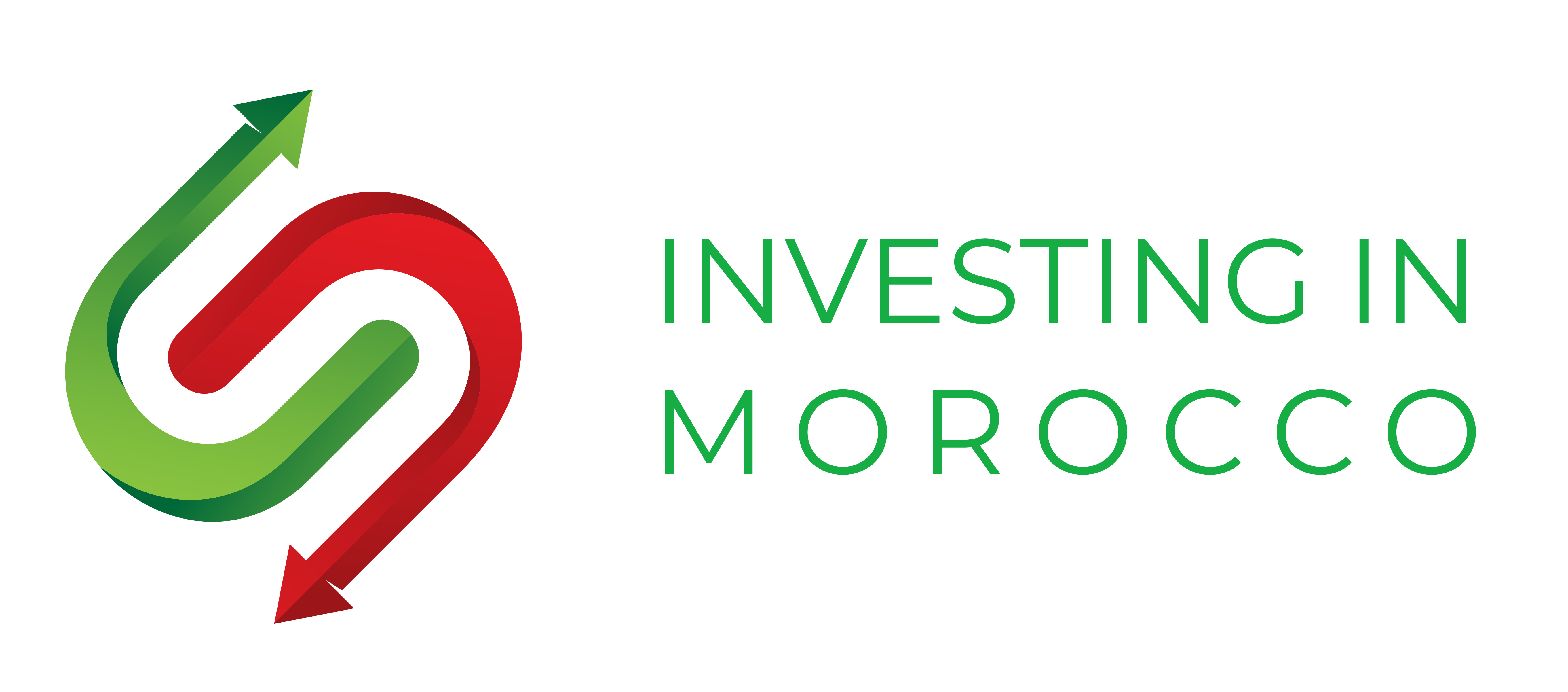
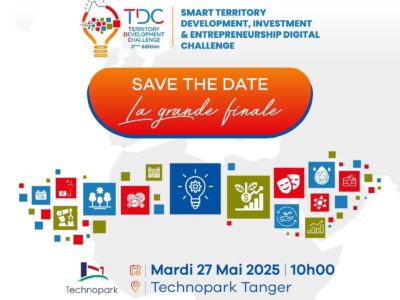
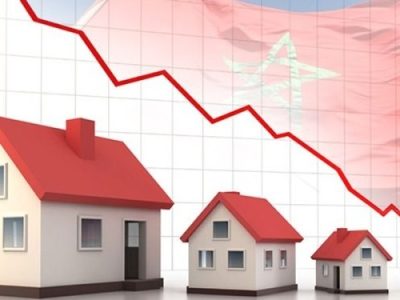
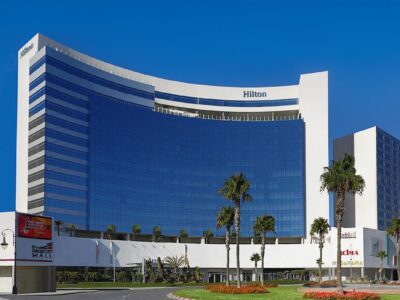

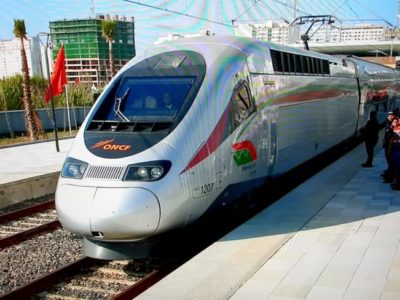
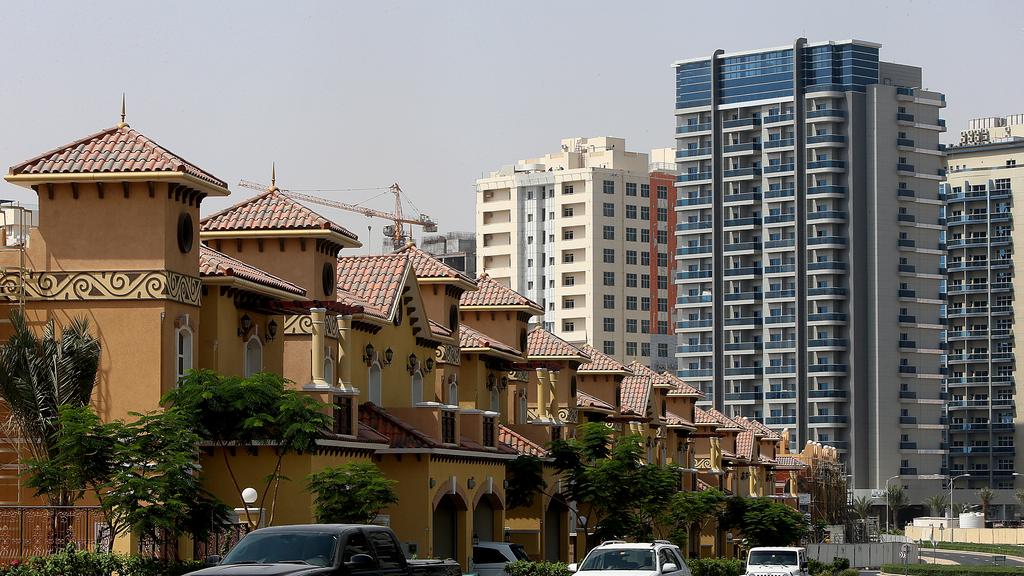

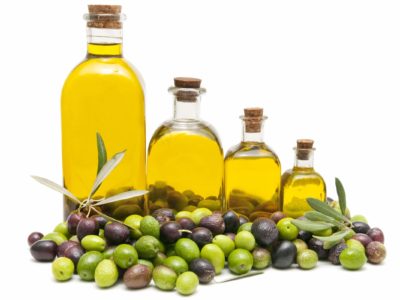
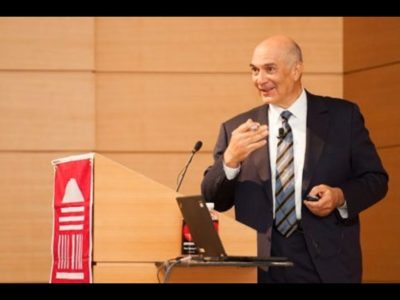

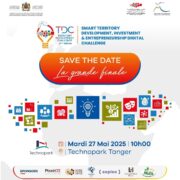
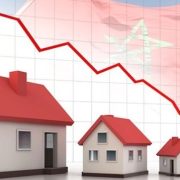
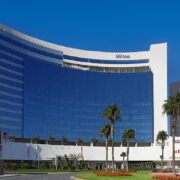
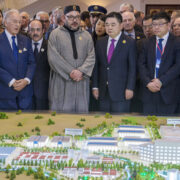
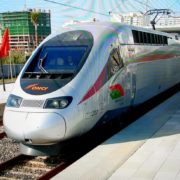



Comments